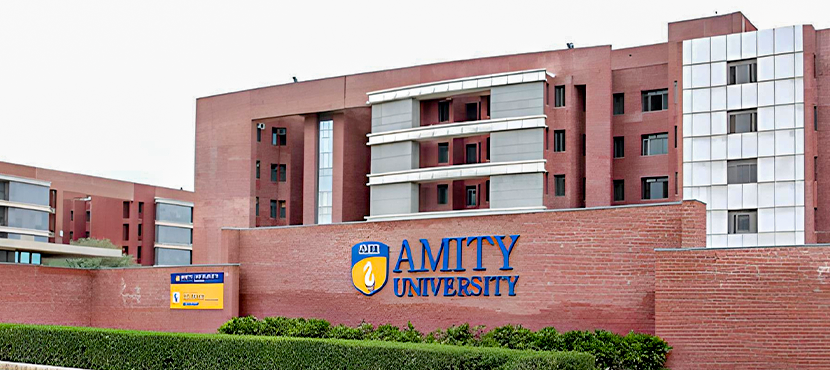
The world of skincare is constantly bombarded with new trends and ingredients, each promising to be the ultimate solution to wrinkles, acne, or dullness. Recently, a rather unexpected player has entered the scene: snail slime. Yes, you read that right. The gooey secretion produced by snails, known as snail mucin, is taking Tik Tok by storm and piquing the interest of dermatologists. But before you dismiss it as just another fad, let’s delve deeper into the science behind snail mucin and explore its potential benefits and drawbacks for your skin.
What Exactly is Snail Mucin?
Snail mucin, also referred to as snail filtrate or extract, is a complex mixture of substances secreted by snails. The primary component is a glycoprotein known as mucin, which plays a crucial role in protecting and repairing the snail’s shell. This mucus forms a slimy barrier that shields the snail from dehydration, harmful bacteria, and environmental damage. Additionally, snail mucin contains a cocktail of other beneficial ingredients, including:
- Hyaluronic Acid: A powerful humectant that attracts and retains moisture in the skin, keeping it plump and hydrated.
- Allantoin: A soothing and anti-inflammatory agent that helps to calm irritation and promote healing.
- Collagen and Elastin: These proteins provide structure and elasticity to the skin, contributing to a youthful appearance.
- Antimicrobial Peptides: These natural defense molecules help to combat bacteria and prevent breakouts.
- Protease Enzymes: These enzymes have the potential to aid in cell regeneration and exfoliation.
The exact composition of snail mucin can vary depending on the species of snail and the harvesting methods employed. However, the presence of these beneficial ingredients has sparked interest in its potential applications for human skincare.
The Rise of Snail Mucin in Skincare: From Korean Beauty to Global Phenomenon

The use of snail mucin in skincare has a long history, particularly in South Korea. Korean beauty brands have been incorporating snail mucin into their products for decades, touting its ability to hydrate, brighten, and improve the overall texture of the skin. The recent surge in popularity, however, can be attributed to the power of social media. Videos showcasing the transformative effects of snail mucin serums and creams have gone viral on TikTok, generating widespread curiosity and discussion.
This newfound popularity has propelled snail mucin from a niche ingredient to a global phenomenon. Skincare brands worldwide are now formulating products infused with snail mucin, catering to the growing demand for this unique ingredient.
The Science Behind the Hype: Examining the Potential Benefits of Snail Mucin
The growing interest in snail mucin is not solely based on anecdotal evidence or social media trends. Scientific studies have begun to explore the potential benefits of this ingredient for various skin concerns. Here’s a closer look at some of the promising research findings:
-
Hydration Boost: Studies have shown that snail mucin can significantly increase skin hydration levels. Hyaluronic acid, a key component of snail mucin, is well-known for its ability to attract and retain moisture, leaving the skin feeling plump and dewy.
-
Enhanced Skin Barrier Function: The mucus produced by snails helps to protect their shells from damage and dehydration. Similarly, research suggests that topical application of snail mucin may strengthen the skin’s natural barrier, improving its ability to retain moisture and shield itself from environmental aggressors.
-
Wound Healing and Scar Reduction: Some studies indicate that snail mucin may promote wound healing and reduce the appearance of scars. The allantoin and protease enzymes present in snail mucin are believed to play a role in this process.
-
Anti-Aging Properties: Hyaluronic acid and collagen, both found in snail mucin, are essential components for maintaining youthful skin. Early research suggests that snail mucin may help to reduce the appearance of wrinkles and fine lines by promoting skin hydration and collagen production.
-
Acne Reduction: The antimicrobial peptides in snail mucin may offer some benefits for acne-prone skin. These peptides have been shown to exhibit antibacterial activity against certain strains of bacteria that contribute to breakouts.
It’s important to note that most of the research on snail mucin is preliminary, and further studies are needed to fully understand its long-term effects and efficacy for specific skin concerns.
Beyond the Hype: Considerations and Potential Drawbacks
While the potential benefits of snail mucin are intriguing, it’s crucial to approach this trend with a balanced perspective. Here are some key considerations to keep in mind:
-
Limited Research: As mentioned earlier, the research on snail mucin is still in its early stages. More robust clinical trials are needed to confirm its effectiveness for various skin concerns.
-
Individual Sensitivity: Like any skincare ingredient, snail mucin can cause irritation in
Conclusion:
The rise of snail mucin in skincare presents a fascinating case study in the intersection of science, social media, and beauty trends. While the anecdotal evidence and viral videos on platforms like TikTok have undoubtedly fueled its popularity, there’s a growing body of scientific research exploring its potential benefits.
Snail mucin boasts a unique composition of hydrating, soothing, and potentially regenerative components. Studies suggest it may offer benefits for dry skin, a compromised skin barrier, and even acne. However, more substantial research is needed to conclusively determine its efficacy for specific concerns and long-term use.
Ultimately, the decision to incorporate snail mucin into your skincare routine is a personal one. If you’re curious and have concerns about dryness, wrinkles, or acne, it might be worth a try. However, proceed with caution, especially if you have sensitive skin. Look for reputable brands that use ethically sourced and processed snail mucin, and always do a patch test before applying a new product all over your face.
Whether snail mucin becomes the next holy grail of skincare remains to be seen. However, its intriguing properties and growing scientific exploration suggest it’s more than just a fleeting fad. As research progresses, snail mucin may well carve its niche within the ever-evolving world of skincare solutions.
________________________________________________________________________________________________
FAQs
Is snail mucin safe for everyone?
As with any skincare ingredient, there’s always a chance of irritation, especially for those with sensitive skin. It’s recommended to do a patch test before applying a snail mucin product all over your face.
Is there a lot of research on snail mucin?
The research on snail mucin is still in its early stages. While there’s promising evidence, more studies are needed to fully understand its long-term effects and effectiveness for specific concerns.
Is snail mucin cruelty-free?
The harvesting methods for snail mucin can vary. Look for brands that prioritize ethical practices that don’t harm the snails.
Is snail mucin a miracle cure?
No. While it shows promise for various skin concerns, it’s not a one-size-fits-all solution. Consistency and a well-rounded skincare routine are key to achieving healthy skin.










